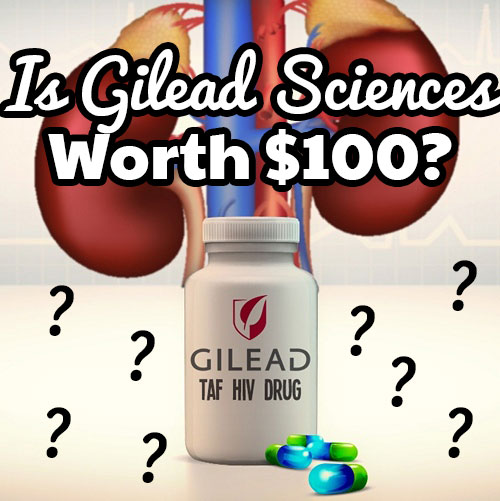What You Will Learn:
(note: this article was originally written on Oct 1)

One of the things I’m not good at is acting like I know everything.
That’s the position I’m taking today with Gilead Sciences (GILD). When I write articles, my goal is not to cover and write about every granular detail. There are other articles that provide those details.
Am I an expert in Gilead Sciences?
No.
But do I know my numbers, understand the financial statement analysis and know how to interpret it? Yes, yes and yes.
And due to requests from my previous article on my case for Apple (AAPL) based on the numbers, I’ll take a similar approach with Gilead Sciences.
When I look at a company, I try not to use a cookie-cutter method. With Apple, I focused on FCF and its valuation to FCF and multiples.
However, Gilead Sciences is obviously different.
Simplifying the important qualitative aspects of Gilead, it’s a biopharma company that focuses on:
2014 is a prime example of what I’m seeing with the way Gilead Sciences operates. Its dominant position in the HCV market in such a short time deserves praise. Sure the Sovaldi pills are extremely expensive at about $1,000 a pill. However, when you look at the full context of low side effects and complete heal rate, it’s a different story.
Quality drugs that work obviously cost more upfront compared to cheaper alternatives that “seem” cheaper but cost more over the full duration of the treatment. It’s no wonder that revenues grew 122% in 2014. Such growth isn’t sustainable. The initial launch was a huge success with many patients having waited for the drug, adding to the spike in revenues in 2014.













Leave A Comment